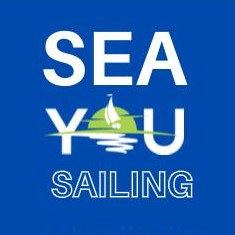Crossing the Channel, or Beyond
Some sailors spend a month planning a 2 to 3 day trip. I did when I crossed the Channel for the first time.
Passage planning is an important part of the trip. Going through the whole list really gets you in the mood. It’s fun as long as you keep it simple, Be awarepassage plans always tend to change along the trip. Keep an open mind for changes
I’ll be happy to share my experience, planning your passage so you can actually go instead of keep planning.
A passage plan with a fixed date and time is a plan for trouble
Engine Check, Instruments Check
What if the Weather Changes
Info on Pilotage, Tides, vhf Channel Harbormaster/Coastguard
Alternative Ports of Call
Is All Safety Equipment Checked and in Date
Does the Watch System fit my Crew
Furthermore …
In the end of the day, crossing the Channel is just a 2-3 day trip with some special considerations. Crossing the shipping lanes is obviously the most tricky one. The North Sea is one of the busiest seas in the world. The good thing is: there are shipping lanes and they are well marked on the chart. So you know when to keep a specially good lookout and where. Sometimes it seems like a traffic jam when you look at the AIS. But when you zoom in, most of the time it will show a good spot to cross.
There are two things to keep in mind:
- don’t underestimate the speed of the vessels in the shipping lane.
The AIS will show you their speed and course but in practice you ‘only’ have to be aware of the vessels you see appearing on the horizon.
In an hours’ time they will be where you are in an hour and secondly - don’t act to early. If you’re just 0.5 Nm away, you have plenty of time to bare away if necessary and you can accurately determine if it’s safe to cross.
The other vessel will not be able to alter course or speed that close by.
Some sailors prefer crossing the shipping lanes at night time because then the navigation lights are visible in all directions whilst in daytime it’s sometimes harder to see facing the sun.
At all times, if in doubt, don’t cross and have your engine stand by.
Crossing the Bay of Biscay to the North of Spain obviously is a longer trip. Keep in mind that with a westerly wind it’s way more comfortable to stay on the Ocean, in deep waters way off the continental shelf. The closer you go in the Bay, the rockier it will get.


